Adventure Travel
The stories behind New Mexico’s ancient volcanoes
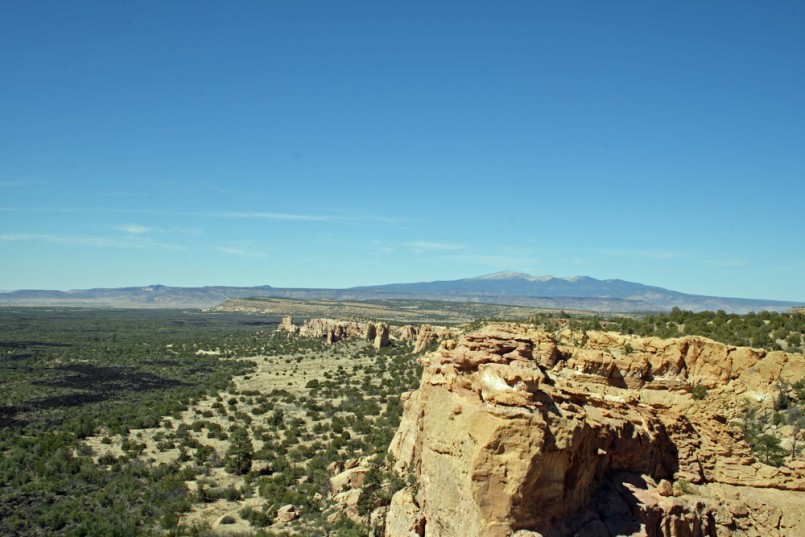
Image: Shutterstock/Tim Pleasant
It’s no secret that New Mexico is a haven for outdoor enthusiasts of all sorts. Mountain biking, hiking, winter sports, and diving (you read that right!) are all thoroughly enjoyed by natives and tourists alike. What makes New Mexico the perfect place to adventure is the complex diversity of geography seen throughout the state. While most of New Mexico is considered “high desert,” that is, a desert climate at high elevation, other parts are densely forested with snow-capped peaks. The coolest and perhaps most underrated feature? Ancient volcanoes! New Mexico is full of dormant, ancient volcanoes, lava flows, and vents that simple passer-throughs might not even notice. In fact, it’s possible to explore dormant volcanic fields up the entire Rio Grande rift, complete with a super volcano or two along the way!
While there are hundreds of examples of dormant, ancient volcanoes and volcanic fields across New Mexico, there are four well-known clusters that exemplify the most impressive features to explore. Mount Taylor, the Jemez Mountains, the Albuquerque Mountains, and Capulin volcano are exceptionally intact and have avoided erosion over millions of years. While each volcano varies in age, size, shape, and geography, one thing is clear: they’re amazing to witness.
Here are the coolest ancient volcanoes in New Mexico.
Mount Taylor
Mount Taylor has a rich history, not only geologically speaking, but culturally as well. It’s classified as a stratovolcano, built from layers of hardened pumice, lava, ash, and tephra over time. Active from 3.3 to 1.5 million years ago, Mount Taylor erupted repeatedly, sending mass amounts of debris in every direction. Scientists posit that Mount Taylor’s size and eruption history closely mirrors that of Mount Saint Helens and the San Francisco Peaks near Flagstaff, Arizona. Some even estimate the volcano sat at an elevation of 25,000 feet in it’s tallest stage.
But Mount Taylor is extraordinarily special for another reason entirely. The Navajo people consider the volcano to be a sacred site which marks the southernmost border of the Dinétah, or traditional homeland. Mount Taylor also plays an important role in Navajo mythology as the place where the First Man replicated mountains from the Fourth World, out of sacred matter and soil from the Fourth World. If you plan on exploring this impressive mountain, it’s important to keep a respectful demeanor at all times.
Capulin Volcano
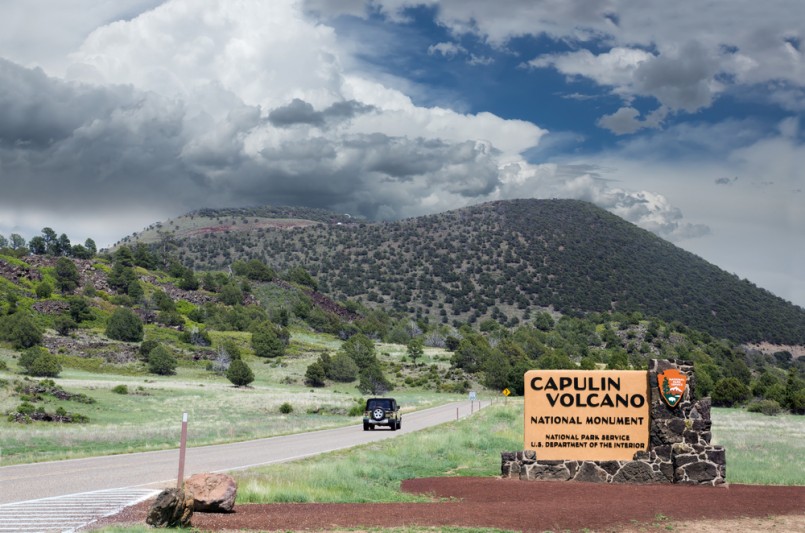
Image: Shutterstock/IrinaK
In northeastern New Mexico lies an exceptionally preserved cinder cone volcano named Capulin. Extinct for more than 58,000 years, Capulin Volcano stands unique amongst the surrounding Raton-Clayton Volcanic Field. Rising high above the flat grasslands, the volcano has a top elevation of 8,182 feet above sea level and has panoramic views of more than 100 distinct volcanoes within the field. The impressive cone and crater are easy to explore, as a paved road circles the entire mountain culminating in a parking area at the top. From there, it’s possible to hike around the mile-long rim and even go down into the 400-feet-deep crater, which was once the center or northern New Mexico’s volcanic activity. It’s hard to imagine thousands of tons of lava pouring from the smooth, grassy mountainside we see today!
Jemez Mountains
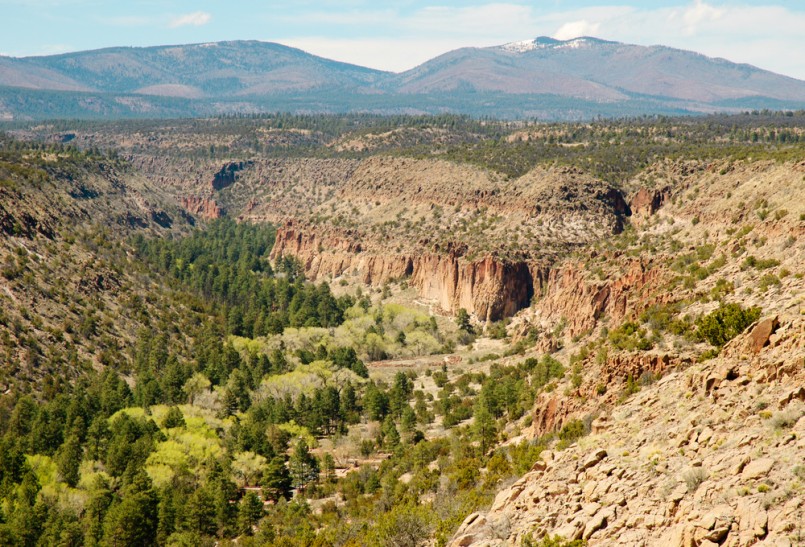
Image: Shutterstock/Zack Frank
The Jemez Mountains have a long and complicated volcanic history, dating back 25 million years. These ancient basalts dikes, flows, and plugs can be observed in the southeastern and northwestern quadrants of the range, while the Toledo and Valles calderas are perhaps the most impressive features. The calderas, or magma chambers post roof-collapse, have the most recent and explosive history in the range. The youngest of these, Valles, erupted 1.2 million years ago with a force 250 times larger than that of the 1980 Mount Saint Helens eruption. For visual context, the explosion was so massive that debris and ash from it have been excavated as far away as Texas, Oklahoma, and Kansas. That puts Valles in the category of supervolcano, one of only seven in the world. Known today as the Valles Caldera National Preserve, it’s easy to explore some of the 54 miles of hiking trails, trout fishing streams, and ecological habitats that thrive within the valley.
Albuquerque Mountains
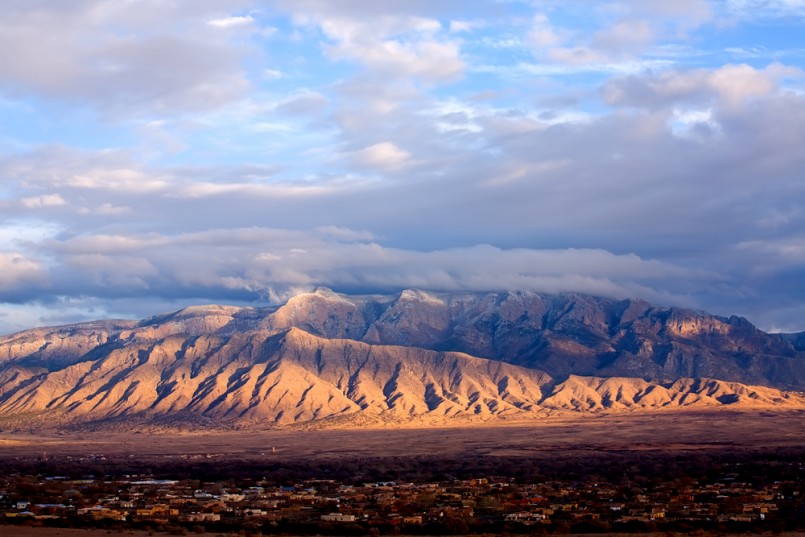
Image: Shutterstock/photoBeard
The nearest examples of volcanic activity to big-city life are the volcanic fields within the borders of Petroglyph National Monument just west of Albuquerque. The most famous cone, called Vulcan, is classified as inactive and is unlikely to erupt again. A great way to gain some perspective is by hiking to the top of Vulcan and surveying the surrounding mesa, where a chain of five volcanoes can be observed. From Vulcan, you’ll see Black then JA volcanoes to the south, and Bond and Butte to the north. Petroglyph National Monument itself is a great place to discover hundreds of archaeological sites, as well as an estimated 24,000 images carved by the Ancestral Puebloans of the region.

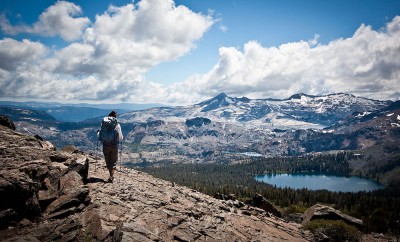

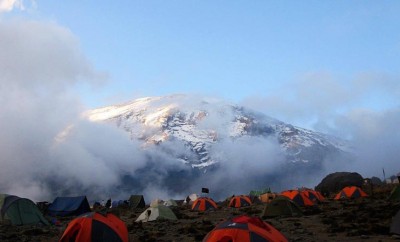

0 comments